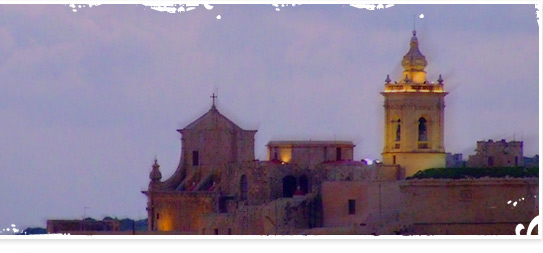| Depending
on the electoral results, between 65 and 69 members sit in the House
of Representatives, Malta’s Parliament – housed in the
Grand Master’s Palace, Valletta.
Under its 1964 constitution, Malta became a parliamentary democracy
within the Commonwealth. Queen Elizabeth II of the United Kingdom
was sovereign of Malta, and a Governor-General exercised executive
authority on her behalf, while the actual direction and control
of the government and the nation's affairs were in the hands of
the cabinet under the leadership of a Maltese prime minister.
On December 13, 1974, the constitution was revised, and Malta became
a republic within the Commonwealth, with executive authority vested
in the President of Malta. The president is elected by the House
of Representatives for a five-year term. He appoints as Prime Minister
the leader of the party with a majority of seats in the unicameral
House of Representatives, known in Maltese as Kamra tar-Rapprezentanti.
The President also nominally appoints, upon recommendation of the
Prime Minister, the individual ministers. Ministers are selected
from among the members of the House of Representatives, which usually
consists of 65 members unless bonus seats are given to a party which
gains an absolute majority of votes but not a Parliamentary majority.
Elections must be held at least every 5 years and the electoral
system used is single transferable vote.
|
|








